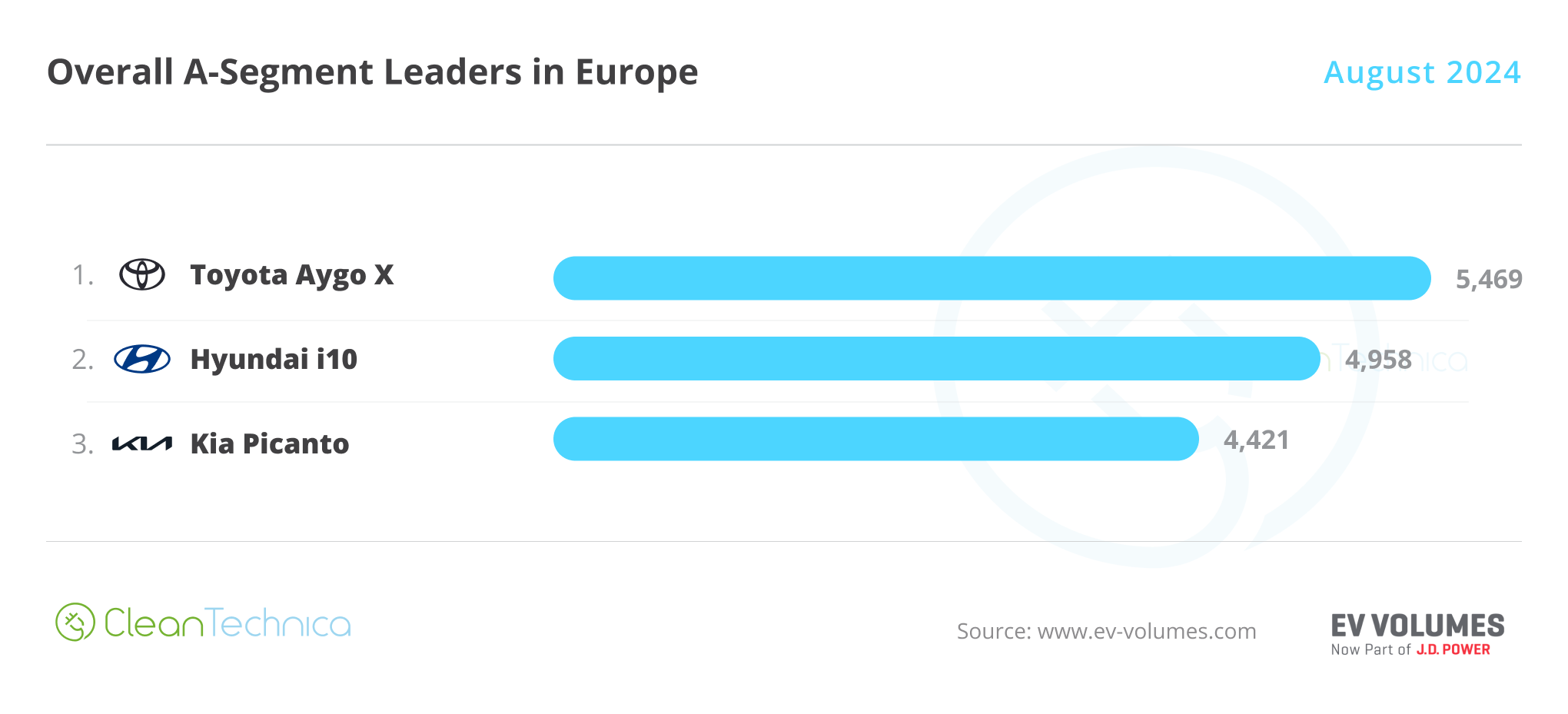
Perovskite solar cells have been tantalizing photovoltaic innovators since the early years of the 21st century. The perovskite promise of more power for less cost will help kick fossil fuels out of the picture, but getting the finicky material to behave has been a next-level challenge. Nevertheless, solutions are beginning to emerge, and one of them involves a centuries-old tried and true material — glass.
The Promise Of Perovskite Solar Cells
For those of you new to the topic, perovskite (CaTiO3) is a naturally occurring calcium titanium oxide mineral, first identified in the 19th century. It lay about for the 20th century until researchers learned how to reproduce its structure in the lab, yielding synthetic perovksite solar cells at a relatively low cost (more CleanTechnica coverage is here).
When disposed in a solution, perovskite solar materials lend themselves to low cost manufacturing processes. They can be painted, printed, sprayed or squirted as a thin film on different surfaces, including flexible ones.
“In addition to being relatively inexpensive, the lab-grown factor can help to skirt silicon supply chain issues,” we noted earlier this year. “Perovskite solar cells lend themselves to low cost, fast throughput, high volume manufacturing processes. They are also thin, flexible and light weight, which mean they can be used in far more applications than possible with silicon technology.”
“Perovskite materials offer excellent light absorption, charge-carrier mobilities, and lifetimes, resulting in high device efficiencies with opportunities to realize a low-cost, industry-scalable technology,” explains the National Renewable Energy Laboratory, part of the Energy Department’s sprawling network of research institutions.
That sounds great, except that synthetic perovskites degrade in the open air. However, science loves a challenge and various workarounds soon emerged.
One typical solution involves doping perovskites with lead, which leads to yet another challenge, namely, how to keep lead out of the environment in case of damage or mishaps in end-of-life processing. Among the solutions are lead-absorbing and self-healing coatings. Additives that prevent the solar cell from dissolving in water are also under development.
Perovskite Solar Cells On Glass
An all-perovskite solar cell could be in the works some day. In the meantime near-term solutions are emerging that pair perovskites in tandem with silicon solar cells to boost efficiency.
As described by the perovskite startup Caelux, the industry goal for commercially available perovskite tandem solar cells is a minimum of 30% solar conversion efficiency. Caelux seems confident that it can get within shouting distance of that goal, with its formula for perovskite-coated glass.
“Caelux’s proprietary technologies improve the performance of any new crystalline silicon module, making solar energy more powerful and cost-effective,” the company explains. “Its flagship product, Caelux™ One, is an innovative product that integrates seamlessly into existing PV module manufacturing processes.”
If you caught that thing about new silicon modules, that’s important. The performance of the Caelux-enhanced tandem solar cell can take advantage of the latest improvements in the solar conversion efficiency of silicon technology to boost the overall performance of the solar module.
One good question to ask is whether or not a layer of perovskite material on glass interferes with the conversion efficiency of the silicon layer. It does, but the extra juice from the perovskite layer makes up the difference and then some.
Last year, the consulting firm ReThink Energy used the example of a 22% efficient silicon cell. Its conversion efficiency drops to 10% with perovskite-coated glass, but the overall total comes out to 27.5%. The difference of 5.5% will make a significant impact on the output of a solar array over its lifespan.
Follow The Money
Apparently the smart money has been listening. Last September, the Indian firm Reliance Industries sent its Reliance New Energy Subsidiary on a mission to acquire 20% of Caelux for an investment of $12 million.
Earlier this week, Reliance chipped in to assist with an additional Series A round. Led by the Singapore-based global investment firm Temasek, the new round totaled another $12 million. Other participants included the familiar name of Khosla Ventures, Mitsui Fudosan, and Fine Structure Ventures.
The Mitsui connection is interesting because its parent company is second-biggest real estate firm in Japan. They also have a branch in the US, which could dovetail with Caelux’s plans for breaking into the rooftop solar market.
Fine Structures focuses on early stage, distruptive innovations. The firm has more than 300 patents in its portfolio, which includes the steelmaking electrification startup Boston Metal. Another startup of interest in the Fine portfolio is VEIR, which is focusing on new renewable energy transmission technology featuring high temperature superconductors.
The Series A funding will go to the construction of a new Caelux manufacturing plant in Baldwin Park, California. If all goes according to plan, the new facility will serve as a feasibility demonstrator leading to additional sites in the US as well as Asia and Latin America.

Perovskites In Outer Space!
Caelux spun out from research at the CalTech, the California Institute of Technology, so it’s no surprise to see its Caelux One formula featured in a recent analysis of outer space applications for perovskite solar cells, with a focus on deep space missions as far out as Neptune.
The researchers took a look at perovskite solar cell performance under the low-intensity, low-temperature conditions expected in deep space.
“PSCs [perovskite solar cells] show promising performance characteristics under most LILT [low-intensity, low-temperature] conditions even after exposure to low-energy protons,” they concluded, though they cautioned that the idea is a work in progress.
“However, the measured cell efficiency tends to decrease at extreme lower temperatures, suggesting that further research into cell architectures and materials could improve PSCs for deep space applications,” they explained.
Meanwhile here on Earth, fossil energy stakeholders spent the first 20 or so years of the 21st century coasting on the relatively high cost of silicon solar cells. Those costs have been dropping, and a new, next-generation improvement on silicon solar cell technology will erase the fossil advantage for good.
State-level Republican office holders have been ranting, raving, legislating, and raising legal threats against ESG (environment, social, governance) investing but that is a sign of desperation, not strength.
The smell of desperation has reached reek-stage since the passage of the Inflation Reduction Act, which passed into law last year with exactly zero support from Republicans in Congress. The Energy Department calls the IRA “the single largest investment in climate and energy in American history,” and they mean private as well as public dollars.
After just 12 months, the IRA is credited with attracting a total of more than $10 billion in new solar manufacturing investments, out of more than $110 billion overall for new clean energy manufacturing ventures.
Tandem or not, new perovskite solar cells are all but certain to be on the market before the IRA tax credits expire. That will add the firepower of low cost and greater solar conversion efficiency to the mix. What now, ESG haters?
Follow me tinamcasey, mostly on Bluesky, Threads, and LinkedIn.
Image (screenshot): Solar cell efficiency improvements with perovskites, courtesy of Caelux.
I don’t like paywalls. You don’t like paywalls. Who likes paywalls? Here at CleanTechnica, we implemented a limited paywall for a while, but it always felt wrong — and it was always tough to decide what we should put behind there. In theory, your most exclusive and best content goes behind a paywall. But then fewer people read it! We just don’t like paywalls, and so we’ve decided to ditch ours. Unfortunately, the media business is still a tough, cut-throat business with tiny margins. It’s a never-ending Olympic challenge to stay above water or even perhaps — gasp — grow. So …




